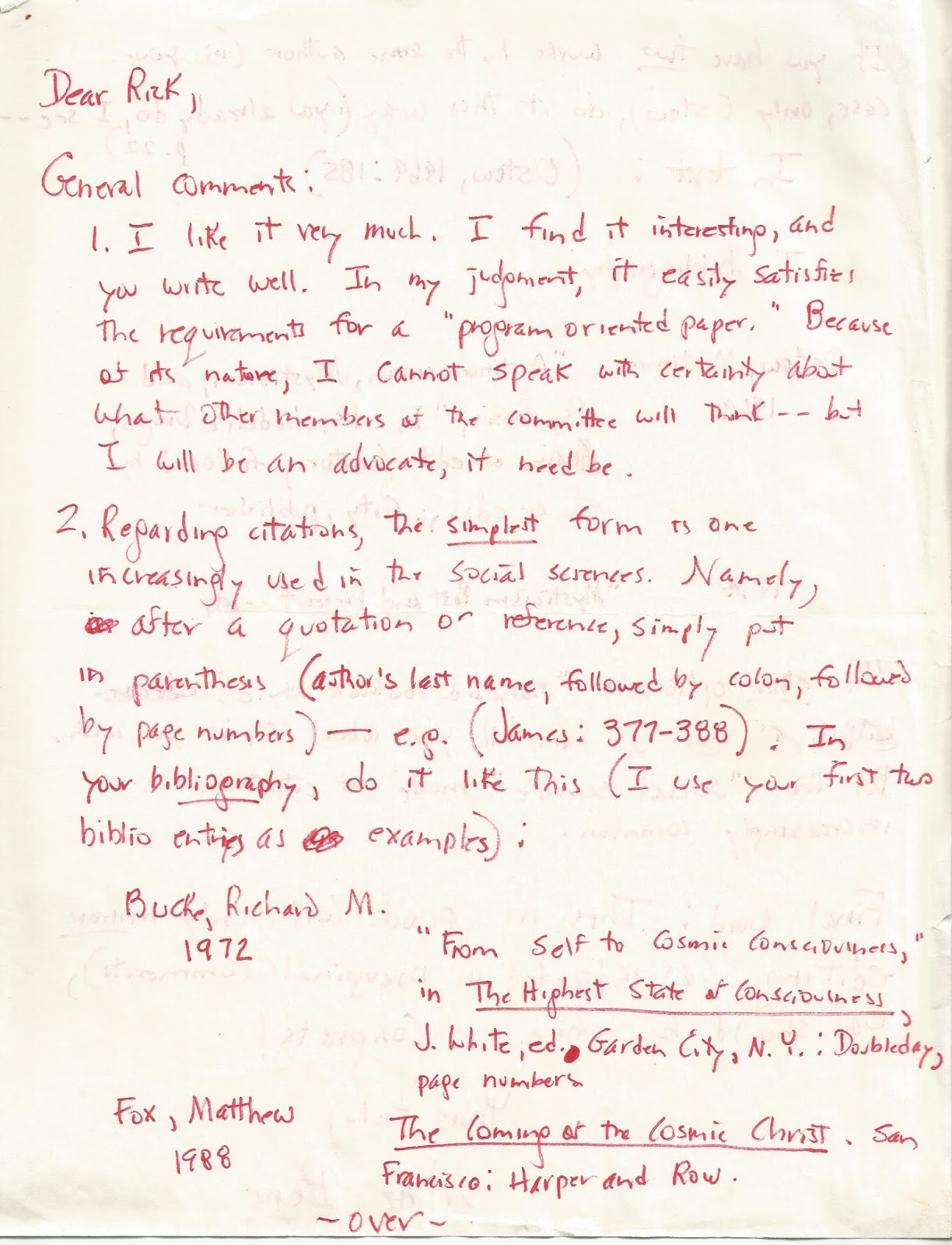Nevertheless, for some reason Claudia Weill wanted to see Claymation, and she wanted to meet one of the people who worked on it. Despite my being merely a production assistant on the film, Will asked if I would do the honors. Having seen and liked Weill's movie, I eagerly agreed.
Weill was going to be in Portland for a publicity tour stop, so I set up a private screening for that date at a movie theater near the studio called Cinema 21.
On the arranged date and time, I met Weill outside the theater, and we went inside to find seats (an easy task, since we were the only ones in the theater). Oddly, Weill chose to sit behind me rather than next to me. I didn't take it too personally, however, as I knew she was a big shot and I was just a lowly production assistant, somewhere between "best boy" and "key grip" in the film credit hierarchy.
 |
| Claudia Weill (source: https://www.imdb.com/name/nm0918041/mediaviewer/rm527654400) |
Weill sat quietly and attentively during the screening, and it was all I could do to resist turning around periodically to check her expressions. Resist, I did, however, until the film was over. At that point I turned around and asked her, "So, what did you think?"
Her answer took me by completely by surprise.
"There was no mention of Eli Noyes anywhere in the film. His Clay or the Origin of the Species was where it all started, was it not?"
I was flummoxed. Speechless. Of course I'd heard of Noyes' groundbreaking clay-animated film, which was nominated for an Academy Award in 1966. But our film was specifically about Claymation, a style of clay animation exclusive to and trademarked by Will Vinton Productions. It was not—and didn't pretend to be—about clay animation in general. I couldn't believe Weill had chosen to attack our film because it was about our work and not Noyes'—nor anyone else's. Was she joking? Jetlagged? In a crappy mood because of all the traveling she had to do to promote her film?
I struggled for an appropriate response. "Um...uh...well, this film is about our particular brand of clay animation, which we call Claymation. If it were about clay animation in general, we certainly would've mentioned Noyes' work."
Weill wasn't satisfied. "Eli Noyes happens to be a friend of mine, and his film broke the ground upon which you're making your films. I would've thought you might mention him, at least."
Before I could come up with another stumbling, half-assed reply, Weill got up, thanked me for my time, and left the theater.
I guess she hadn't been impressed.
But then, neither was I. Weill might've been a decent filmmaker, but in my opinion she fell a little short of being a decent human being.
When I told Will what had happened, he shook his head and muttered something about prima donnas. And he, too, was incredulous that Weill thought Claymation should've mentioned Noyes.
Two years later, however, when Will commissioned me to write a book about Claymation, I remembered my run-in with Weill and decided that, rather than risk pissing her off again, I would be sure to mention Noyes and his film. Here's what I wrote:
Happy now, Ms. Weill? : )
Part one of a two-part YouTube video of Claymation:
Part two (featuring my face in clay at the end—I'm the one with the long hair and mustache):
Her answer took me by completely by surprise.
"There was no mention of Eli Noyes anywhere in the film. His Clay or the Origin of the Species was where it all started, was it not?"
I was flummoxed. Speechless. Of course I'd heard of Noyes' groundbreaking clay-animated film, which was nominated for an Academy Award in 1966. But our film was specifically about Claymation, a style of clay animation exclusive to and trademarked by Will Vinton Productions. It was not—and didn't pretend to be—about clay animation in general. I couldn't believe Weill had chosen to attack our film because it was about our work and not Noyes'—nor anyone else's. Was she joking? Jetlagged? In a crappy mood because of all the traveling she had to do to promote her film?
I struggled for an appropriate response. "Um...uh...well, this film is about our particular brand of clay animation, which we call Claymation. If it were about clay animation in general, we certainly would've mentioned Noyes' work."
Weill wasn't satisfied. "Eli Noyes happens to be a friend of mine, and his film broke the ground upon which you're making your films. I would've thought you might mention him, at least."
Before I could come up with another stumbling, half-assed reply, Weill got up, thanked me for my time, and left the theater.
I guess she hadn't been impressed.
But then, neither was I. Weill might've been a decent filmmaker, but in my opinion she fell a little short of being a decent human being.
When I told Will what had happened, he shook his head and muttered something about prima donnas. And he, too, was incredulous that Weill thought Claymation should've mentioned Noyes.
Two years later, however, when Will commissioned me to write a book about Claymation, I remembered my run-in with Weill and decided that, rather than risk pissing her off again, I would be sure to mention Noyes and his film. Here's what I wrote:
...in 1965, a film student named Eli Noyes, Jr. resurrected clay briefly in a short film called Clay or the Origin of Species, a kind of time-lapse rendition of evolution with creatures metamorphosing and evolving in assorted outrageous ways. Although relatively basic in style and execution. [the film] was a respectable effort, serving as a bulldozer for greater works.Oh, and I found his film on YouTube:
Happy now, Ms. Weill? : )
Part one of a two-part YouTube video of Claymation:
Part two (featuring my face in clay at the end—I'm the one with the long hair and mustache):























